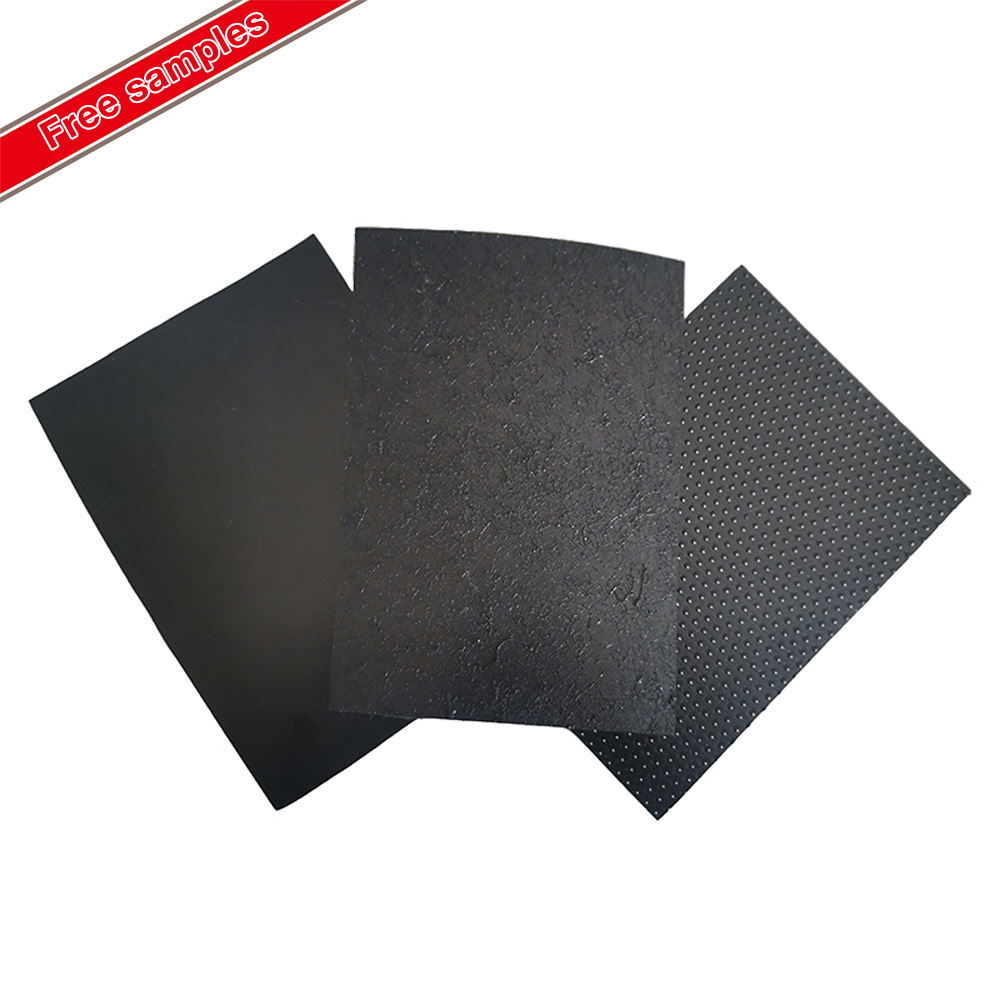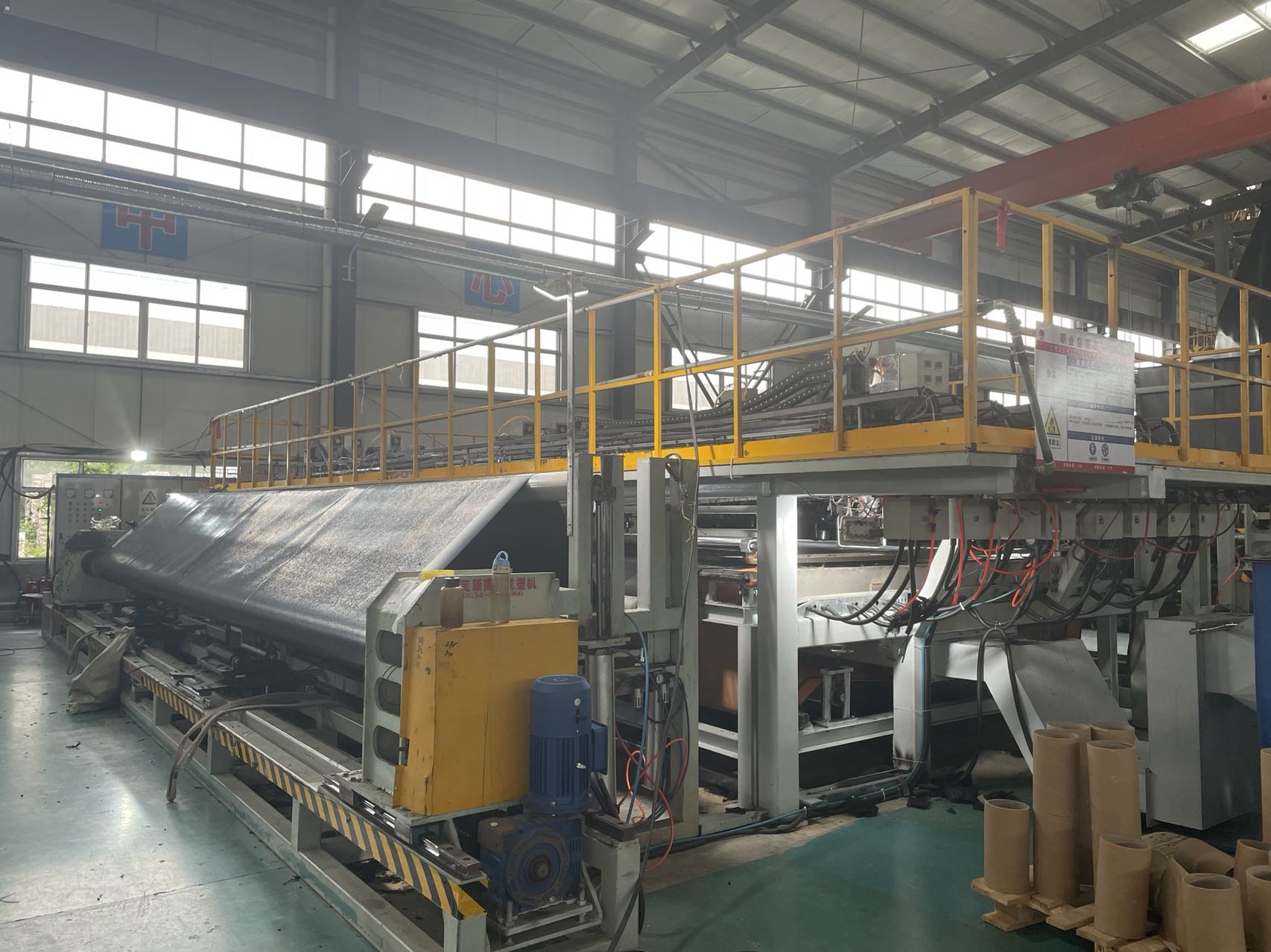Rough Finish Geomembrane We Produce
Rough Finish Geomembrane We Produce
A rough finish geomembrane is a type of synthetic membrane used primarily in environmental and civil engineering applications.
Here’s an overview of its characteristics, benefits, and applications:
Characteristics
Material:
Typically made from high-density polyethylene (HDPE), low-density polyethylene (LDPE), or polyvinyl chloride (PVC).
The rough finish is created to enhance friction and adhesion.
Texture:
The surface has a textured or rough finish, which improves performance in applications where grip and stability are important.
Benefits
The rough surface provides better frictional resistance, reducing the likelihood of sliding or slippage in sloped applications.
Increases stability when used in applications like landfill caps or slopes, preventing erosion and movement.
Resistant to UV radiation, chemicals, and biological degradation, ensuring a long service life.
Applications
Landfills:
The rough finish aids in stability on slopes for soil protection.
Containment Ponds:
Ideal for lining ponds and lagoons to contain liquids and prevent leakage.
Slope Protection:
Applied in erosion control projects to stabilize slopes, especially in areas prone to water runoff.
Wastewater Treatment:
Utilized in various treatment facilities to manage waste and prevent leakage.
Mining Applications:
Used in heap leach pads and tailings storage facilities for effective containment.
Installation Considerations
Proper installation techniques are crucial to ensure the effectiveness of the geomembrane.







